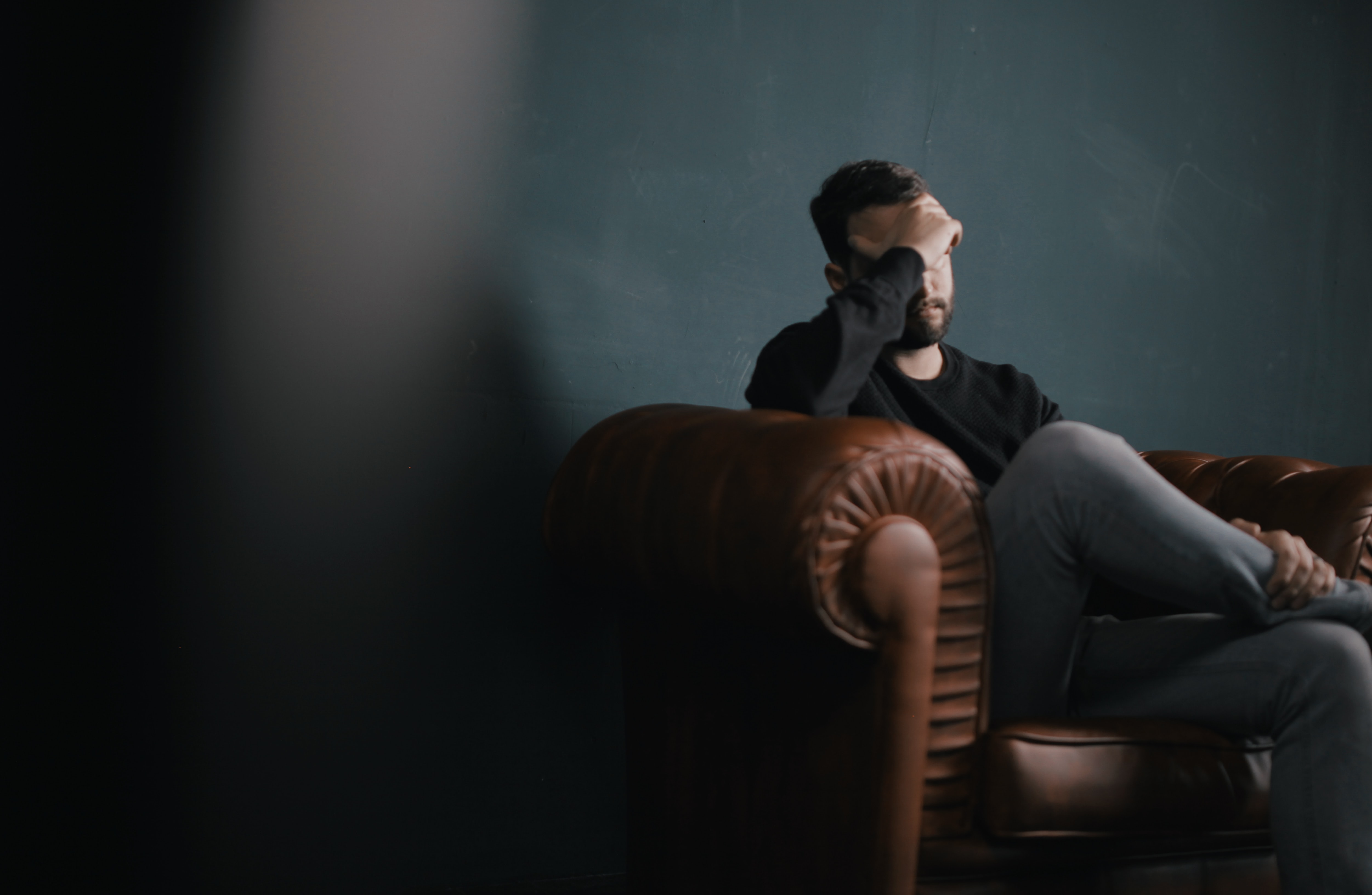
Every year, there are approximately 2.5 million injuries sustained in over 6 million road traffic accidents in the US.
Over 39% of survivors of serious accidents go on to develop Post Traumatic Stress Disorder (PTSD) (Source: National Institute of Mental Health).
PTSD is a condition that has become better understood over the past decade. Previously many people associate PTSD with soldiers who have experienced combat, or survivors of attacks and natural disasters, but it car accident survivors who make up the majority of PTSD cases in the general population.
What Is PTSD?
When someone develops PTSD, they have a tendency to relive a traumatic event through flashbacks, night terrors, and the inability to control their emotions. They may also have trouble sleeping, concentrating, or maintaining a normal routine. Everyday life becomes increasingly disrupted.
If you’ve been injured in a car accident, you’re probably too busy concentrating on recovering from your physical injuries and, if the accident wasn’t your fault, finding a top-rated law firm to represent you.
It is normal to feel a wide range of emotions after an accident including fear and anger. These feelings usually fade as time goes by. If however, these feelings are getting stronger over time and are beginning to get in the way of everyday life, then you could be developing PTSD. These feelings can include:
- General anxiety
- Fear of getting into vehicles
- Fear of doctors and healthcare settings
- Night terrors
- Trouble sleeping
- Feeling disconnected from your life, not participating in things you used to enjoy
- The sudden outburst of anger or other strong emotions
- Reliving the memory of the accident
- Intrusive thoughts about bad things happening to yourself or loved ones
- You start using alcohol or other substances to cope
Although having an accident is enough in itself to be a trigger for PTSD, there are some risk factors that make it more likely to affect you.
- Prior experience of a traumatic event or accident.
- Having a stressful job such as being a member of the emergency services or other type of first responder.
- Having an existing psychological condition including anxiety or depression
Symptoms usually appear between two and six months after your accident but they can develop much later.
What You Should Do If You Think Your Have PTSD
Not everyone realizes when they develop PTSD. Often, it is our family or loved ones that notice the changes and urge us to something about it. Many people aren’t sure how they’re meant to feel after a traumatic incident and brush their symptoms off as normal. If you think that you are starting to develop PTSD.
Seek medical help – contact your doctor in the first instance. They will be able to signpost you to professional help from a therapist and provide you with any acute medical treatment you made need in the short term.
Talk about how you are feeling – bottling up your feelings can make the situation worse. Discussing the accident and what you’ve been going through since the accident can be a way of helping you work through the events in a constructive way.
Try and maintain a healthy lifestyle – it can be tempting to disappear under a mountain of comfort food to help us cope but keeping ourselves mentally and physically healthy. Eat a good diet and if your injury allows, exercise too.
Try and get back to a daily routine – following a normal routine can give you something to concentrate on. Even if it feels like you’re just going through the motions at first.
Get your driving confidence back – getting back behind the wheel can be frightening. Try being a passenger in a car with someone that you trust. When you’re ready, try short journey’s on a familiar route, at a time that you know that the traffic won’t be busy.
How Is PTSD Treated?
Treatments are being developed to treat PTSD all of the time. Depending on the severity of your symptoms, you may be offered a combination of talking therapies and medication to help you return to a more normal state.
Final Thoughts
Developing PTSD after a serious accident is increasingly common, affecting 1 in 3 people. It can often be masked by the focus on recovering from the physical injuries from the accident.
Realizing that you might be struggling and seeking help are the first steps to an effective treatment plan. In time, most people make a good recovery from PTSD and 8can get back to normality.
*Photo by Nik Shuliahin on Unsplash


